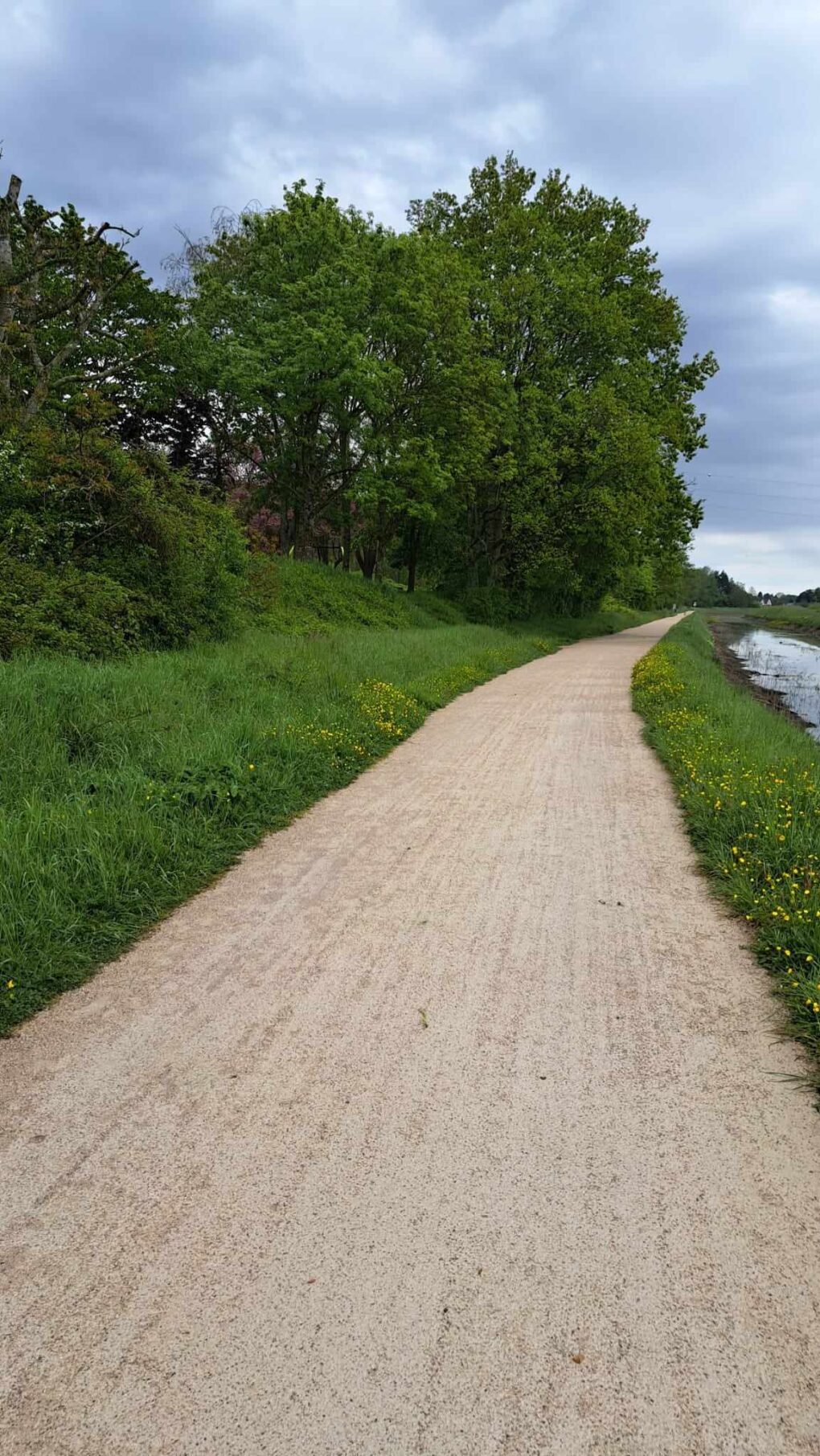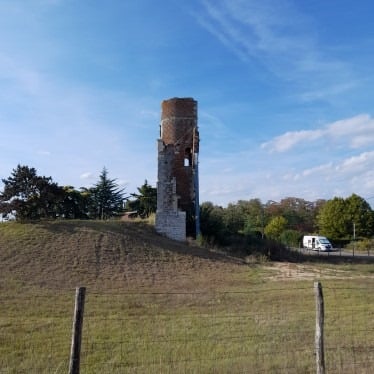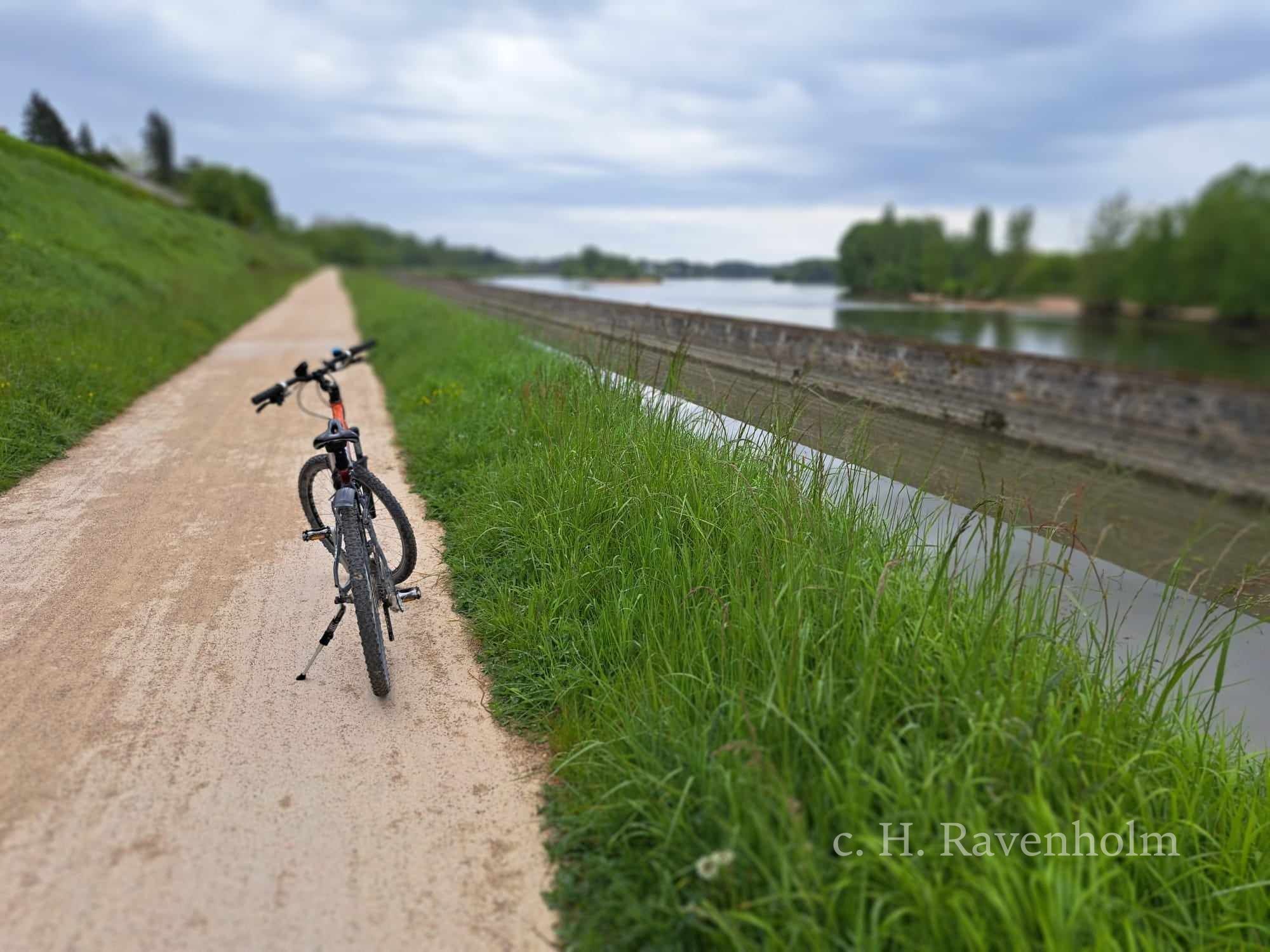Looking back, neither of us is really sure when this project began. That’s the thing about cycling… if you are an avid cyclist, cycling is so much a part of your life that there are very few huge milestones you can rely upon to say, this is where something amazing happened. Both of us have cycled most of our lives, starting as children, and have continued to do so throughout our adulthood, alone and together. Apart from being a useful way of getting from point a to point b, especially when not using public transport (expensive!) and in a definite absence of a car (also expensive), cycling has also always been a source of relaxation for us. Walking is great, but it can be awkward – feet get tired sooner when hitting pavement for a long time than when pushing pedals, and there are places where a bicycle is acceptable but walking would get you in trouble… smaller roads, for instance. On top of that, cycling gives you a chance to cover a lot larger distances and in a far shorter time than walking can. On days off, if you want to do something fun, using your bike to get somewhere is an awfully good idea.

Neither of us is exactly blind to cultural heritage, but there’s a difference between planning a visit and stumbling upon it during a simple trip into unknown. It may well have been one of those trips – when we were more interested in how far we can go after moving to France – that had us start to look specifically for interesting things to see… especially if they weren’t on a map. Imagine cycling somewhere, even if the end goal is indeed another cultural heritage site, and finding a piece of history, like a memory stone, along the way. Faded writing on it is often the only way to find out more – it may not be findable online or in any books on the region you might have. You trace the letters with your fingers sometimes to more feel than see the words, and summon up your best Latin (a fair amount of all historic writing is of course in Latin) and try to understand what broader story the words fit into. On top of that, France, like much of the world and certainly a large part of Europe, boasts complex and rich history. We, as one archaeologist anthropologist and one anthropologist classicist linguist with some archaeological training, as well as two people who got into our studies because we had an unpopular level of fascination with topics such as history, are very much aware that we are all standing on, walking over and cycling across eons of buried past… well, sometimes buried. Other times, it’s still sticking out a bit – even if not much remains. Somewhere along those endless trips, endless chance encounters with the past and frustrating searching of the internet for any clue as to its wider story, we began to talk about how very much green routes connect up these sites, and how much or how little is available to us – and therefore available in general – and how that might influence not only the knowledge and understanding of history in general, but also tourism.
Tourism is a large factor in preservation of cultural heritage [1]; some hundreds of thousands of tourists throng to various well-known historic treasures every year, which can and does help them put them on the map, [2] but also creates a hefty budget to support their preservation[3]. On the other hand, many other sites become slowly lost in time, with only the local patronage if there is any being shouldered with preservation and providing of information of what they represent. And sometimes, there is little enough left… without a complete story, how much does even a full inscription mean?
It was those musings that were fuelling our conversation during the initial years of visiting various places around the area where we live. And in time, we became aware that more could be done. The only question was how and when.

[1] Tourism is a large factor in preservation of cultural heritage
Al Akel, A. & Mohd Sharif, M. (2024) Turning Tourism into development: Mitigating Risks and Leveraging Heritage Assests. World Economic Forum
Salazar, N. & Zhu, Y. (2015) Heritage and Tourism. In Global Heritage: A Reader, 1st Edition. Edited by Lynn Meskell.
[2] Tourists put historic treasures on the map
Solimar International (2021) How Tourism Can Protect Cultural Heritage.
Mazzetto, S. (2022) Sustainable Heritage Preservation to Improve the Tourism Offer in Saudi Arabia. In Urban Planning (ISSN: 2183–7635) 2022, Volume 7, Issue 4, Pages 195–207
[3] Tourism creates/helps create a budget for preservation
Winter, T. (2009) Conserving Heritage In South-East Asian Cities: Planning for Continuity and Change – Technical Note Tourism Development
Lussetyowati, T. (2014) Preservation and Conservation through Cultural Heritage Tourism. Case Study: Musi Riverside Palembang. In Procedia – Social and Behavioral Sciences 184 ( 2015 ) 401 – 406

